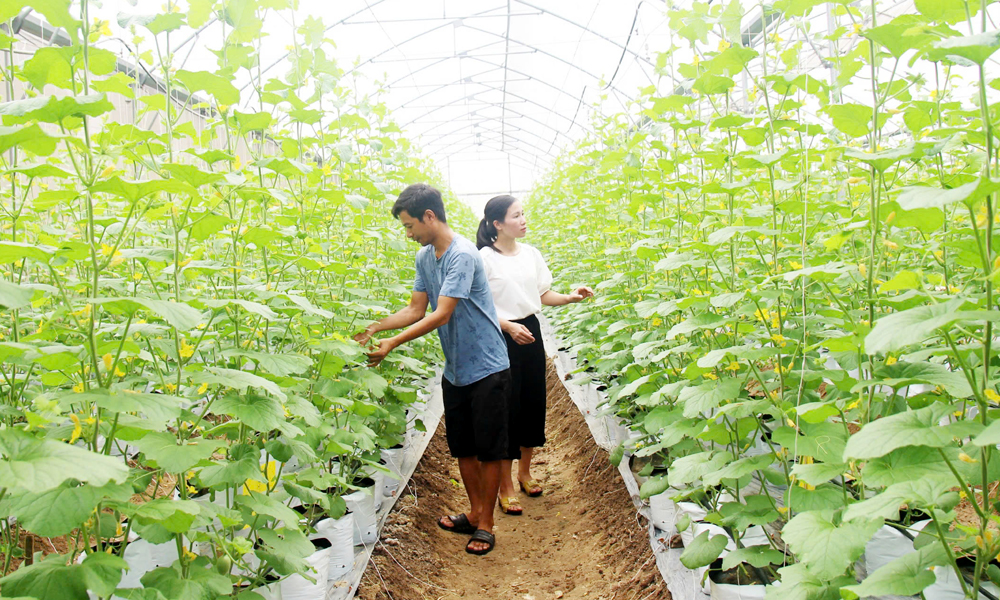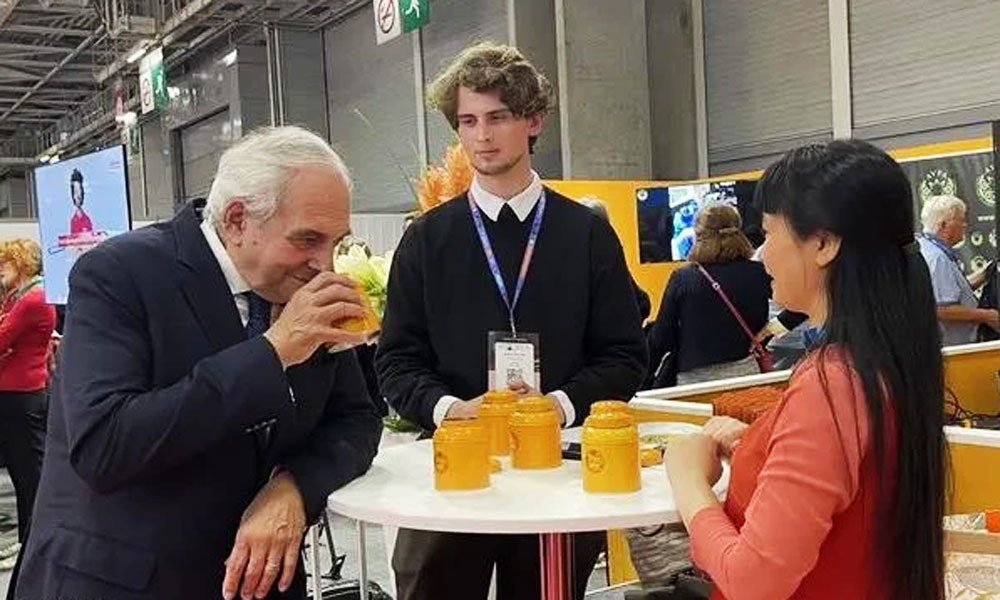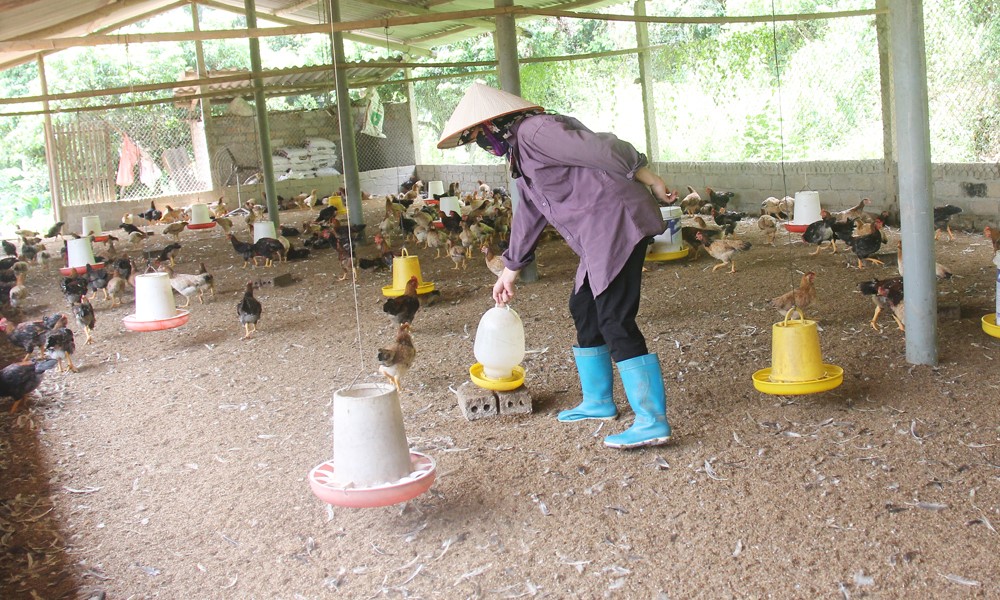Making products from small-leaf polyscias fruticosa: New direction in development of medicinal plants
Building concentrated planting areas
Small-leaf polyscias fruticosa is considered to be a precious ginseng of Vietnam because of its pharmacological effects as well as safety for users. Especially, its Saponin content is much higher than that of big-leaf polyscias fruticosa. However, small-leaf polyscias fruticosa is spontaneously grown by farmers, and there is no technical support in the stages of propagation, cultivation, harvesting, preliminary processing and preservation so the medicinal value is not high. Meanwhile, seed quality is not guaranteed.
 |
|
The model of growing small-leaf polyscias fruticosa in Thuong Lan commune (Viet Yen district). |
In 2018, with the support of the project, Nguyen Van Thang, head of Ruong hamlet, Thuong Lan commune (Viet Yen district) piloted the growing of small-leaf polyscias fruticosa on an area of 0.8ha with 10,000 roots. Participating in the project, he was supported 60 percent of seedling costs and 40 percent of the money to buy fertilizer and other materials. In addition, he was instructed by the technical staff on planting and tending techniques.
In addition to Thang's household, the project also supported Nguyen Thanh Tuan's family in Lua Hong village, Tu Lan commune (Viet Yen) on an area of 1.2ha for both planting small-leaf polyscias fruticosa and intercropping small-leaf polyscias fruticosa and fruit trees.
According to the assessment, all small-leaf polyscias fruticosa trees grown on a trial basis according to some GACP-WHO criteria match the local climate and soil conditions. The average survival rate is about 80 percent. Currently the trees are preparing for harvest of leaves and stems in the 3rd year and tubers in the 4th year.
The project owner will continue to accompany the people by guiding them how to care, harvest and preserve small-leaf polyscias fruticosa in accordance with the standards, ensuring the quality for raw products before processing them into high-class pharmaceutical products.
Applying science and technology to ensure product consumption
Along with building a model of material areas, an important goal of the project is to apply science and technology to research a process to extract some compounds from polyscias fruticosa to make wine and tea bags.
When researching and producing, the project team has conducted various experiments, thus evaluating, comparing and choosing the best products to make 200 boxes of tea bags (85gr/box) from polyscias fruticosa leaves and 200 bottles of wine (650ml /bottle) from polyscias fruticosa tubers. The products ensure food hygiene and safety, and meet basic standards.
|
Small leaf polyscias fruticosa is considered as a precious ginseng of Vietnam because of its pharmacological effects as well as safety for users. Especially, its Saponin content is much higher than that of big-leaf polyscias fruticosa. |
In order to make the products highly effective and competitive, the project team has collaborated with the Van Huong Wine Cooperative to produce polyscias fruticosa wine and with the Hoa Hoa Herbal Medicine Development Co., Ltd. in Bac Giang province to produce tea bags.
Khong Thi Thanh, project manager, said: “If the trial production is successful, the products will be sold in the market, ensuring sales for the entire existing polyscias fruticosa areas and contributing to expanding the growing area".
Currently, the average price of small-leaf polyscias fruticosa is about 60,000-70,000 VND per kg of both stem and tuber of over-3-year-old trees. With such advantages, the successful development of the pilot model of planting and making products from small-leaf polyscias fruticosa will contribute to gradually turning this plant into one of the most valuable medicinal plants prioritised to be developed.
Thoa Han
 Bắc giang
Bắc giang













Reader's comments (0)